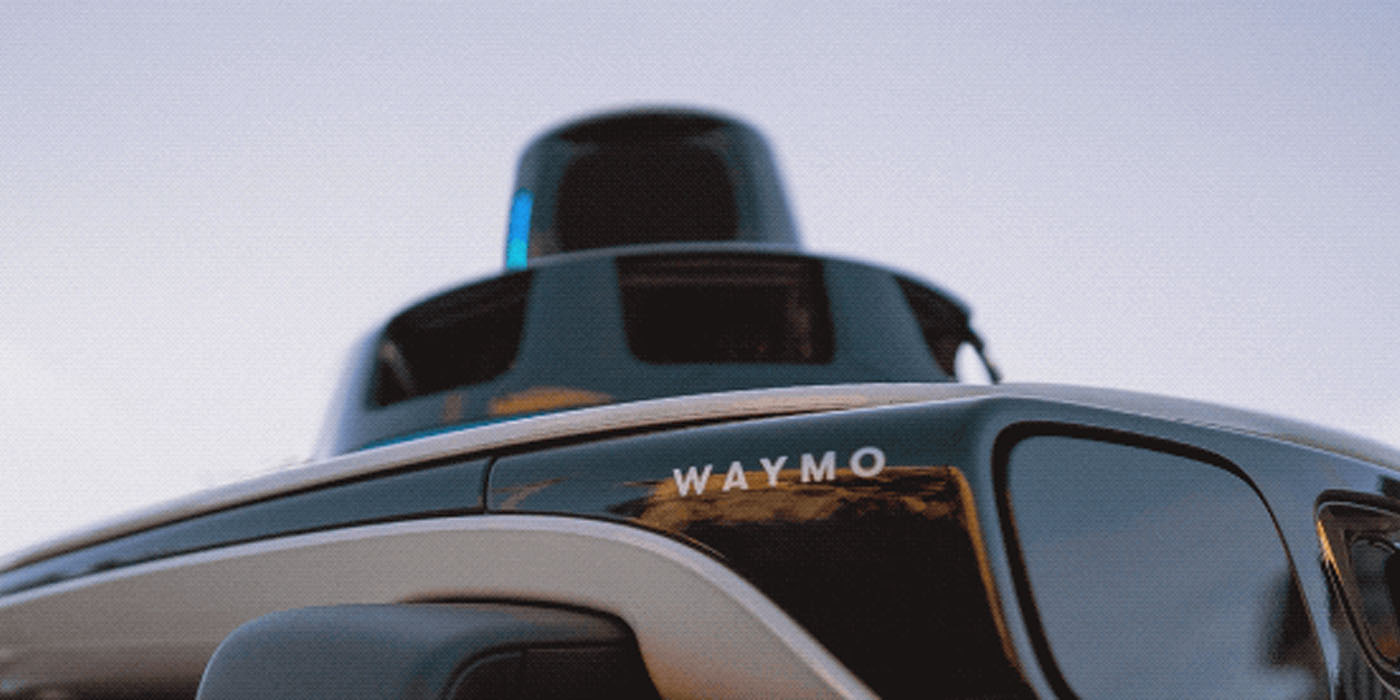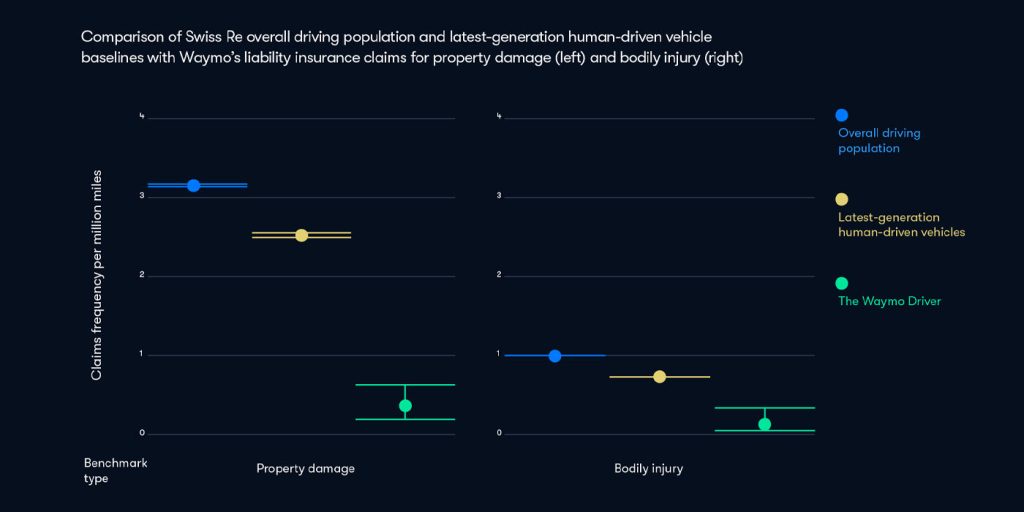
There are still many questions surrounding the plausibility of full-fledged autonomous robotaxi operations around the world, but Waymo, one of the current leaders in the segment, is putting at least one stigma to rest. A new study conducted with the help of reinsurance provider Swiss Re used hundreds of thousands of liability claims to demonstrate that robotaxi vehicles using the Waymo Driver platform deliver significantly higher safety performance than vehicles operated by a human driver.
Much of the world is still not completely sold on robotaxis. Some local residents have revolted against the sustainable, autonomous technology, using an orange cone as their symbol of opposition.
That said, Waymo remains confident in that exciting future of mobility and is trekking forward in its operations while others falter. This year alone, we’ve seen Waymo, which is owned by Google’s parent company Alphabet Inc., expand its robotaxi footprint in the US alongside news of expansions to new roads in other countries like Tokyo.
While the presence of EVs operated by the Waymo Driver platform continues to grow, the average person still has many fears about getting in a robotaxi without a driver. It’s human nature to believe you can perform certain tasks better than a computer, and sometimes, that’s correct.
However, when it comes to the processing power and vision capabilities of many robotaxis being tested today, it’s often not the case. In terms of a new data study presented by Waymo and Swiss Re, the results are not even close. Waymo robotaxi vehicles deliver undeniably better safety performance than the most high-tech vehicles operated by human drivers on the road today.

Waymo’s robotaxi delivers better safety, less damage
Waymo shared data-driven evidence of the safety advantages of its autonomous robotaxi technology in a blog post today. The study was conducted with the help of Swiss Re, one of the world’s leading reinsurers, which analyzed collision-related liability claims from 25.3 million fully autonomous miles driven by Waymo.
The study uses auto liability claims aggregate statistics as a proxy for at-fault collisions to determine overall safety performance, expanding previous research published by Waymo. Swiss Re compared Waymo’s liability claims to human driver baselines based on its internal data from over 500,000 claims and over 200 billion miles of exposure.
Swiss Re concluded that robotaxi vehicles with Waymo Driver demonstrated better safety performance compared to human-driven vehicles, achieving an 88% reduction in property damage claims and a 92% reduction in bodily injury claims.
To put things in a real-world perspective, during the 25.3 million miles Waymo Driver has traversed, its robotaxis were only involved in nine property damage claims and two bodily injury claims (both bodily injury claims are still open).
For the same distance, human drivers would be expected to have 78 property damage and 26 bodily injury claims.
Even compared to newer vehicles (2018-2021 models) equipped with more robust advanced driver assistance systems (ADAS) like automated emergency braking, forward collision warning, and lane-keeping assistance, Waymo still shined. Swiss Re’s data found that Waymo Driver showed an 86% reduction in property damage claims and a 90% reduction in bodily injury claims. Waymo’s chief safety officer Mauricio Peña elaborated:
Auto insurance claims data, traditionally used to assess human driver liability and risk, is a powerful tool in evaluating the safety performance of autonomous vehicles. This is a truly groundbreaking study that not only validates the Waymo Driver’s strong safety record, but also provides a scalable framework for ongoing assessment of the impact autonomous vehicles make on road safety.
It’s hard to deny Waymo’s safety record to date when you combine the Swiss Re study with the robotaxi developer’s own safety impact data. That study explains that over 25 million fully autonomous miles, Waymo Driver had fewer serious collisions than human drivers, independent of who was at fault.
Furthermore, the Swiss Re study provides clear evidence that Waymo had zero responsibility in a large majority of the collisions its robotaxi vehicles were involved in.
Top comment by MJE
The sooner we realise that human drivers are a liability on the road the better.
When all cars are electronically limited to the speed limit things will be better and EU GSR II is a start. Then we will still have the problem I encounter daily of people travelling 20% below the speed limit clogging up the roads and reducing road bandwidth. Sitting at green light for a second or two and not pulling away promptly reducing the number of cars that get through an intersection by 30%. And people who don’t how to drive at roundabouts stopping unnecessarily.
Waymo and other robotaxi developers have a long road ahead of them to win the general public over to enable widespread operations, but safety should not be the inhibitor to someone not wanting to take a ride in one. Similar to EV adoption as a whole, a lack of education and understanding remains a huge hurdle for widespread adoption, but the data doesn’t lie.
Sure, there will still be collisions, and occasionally the robotaxi may be at fault, but those numbers will continue to pale in comparison to those of a vehicle operated by a human.
Waymo told Electrek there was no payment issued by either party for this study and it was purely a research partnership. The paper has been submitted to a scientific journal, and the pre-print is available here.
FTC: We use income earning auto affiliate links. More.




Comments